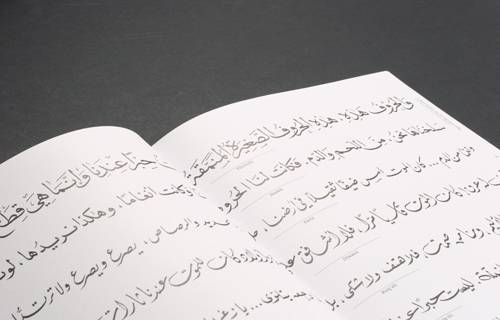The Evolution of the Lebanese Currency: A Visual History
Lebanese currency has come a long way over the years, with its design evolving to reflect different eras in the country’s history. From early banknotes to the modern-day lira, each change tells a unique story. Let’s take a look at how Lebanese currency has changed over time.
Some Background
Before World War I, Lebanon and Syria were part of the Ottoman Empire, and the Turkish pound was the official currency. After the Ottoman Empire collapsed in 1918, the Turkish pound was replaced by an Egyptian currency based on the British sterling, used under the joint French and British mandate. When France took control of Lebanon and Syria, it aimed to replace the Egyptian currency. The French government gave the Banque de Syrie, a French affiliate of the Ottoman Bank, the authority to issue new currency for the region.
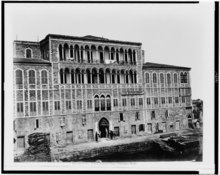
As Lebanon’s political situation changed, the Banque de Syrie became the Banque de Syrie et du Liban (BSL). In January 1924, the BSL was given the exclusive right to issue currency for both Lebanon and Syria, based on the French franc. In 1937, two years before the end of this agreement, Lebanon was granted a separate Lebanese currency, although both currencies could still be used interchangeably in both countries. Despite being called the Lebanese pound, it was still tied to the French franc until 1941, when it was linked to the British pound after France’s defeat and Lebanon’s occupation by Allied forces.
After gaining independence in 1943, Lebanon signed a monetary agreement with France in 1948 to separate its currency from the unstable French franc. This led to the creation of the Banque du Liban (BDL) and the formation of a committee to establish Lebanon’s own monetary system.
Source: The Historical Development of the Lebanese Pound
Lebanese Coins That Are Out Of Circulation
Did you know that coins like the 25 LBP, 50 LBP, 100 LBP, 250 LBP, and 500 LBP are still in circulation? We haven’t seen or used those in a while.
But here are some of the coins that are out of circulation, including piastres which were used between the 1920s and 1970s:
1 Piaster
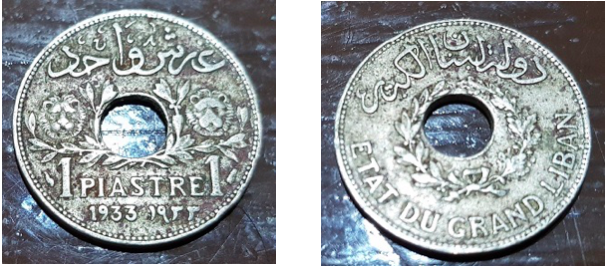
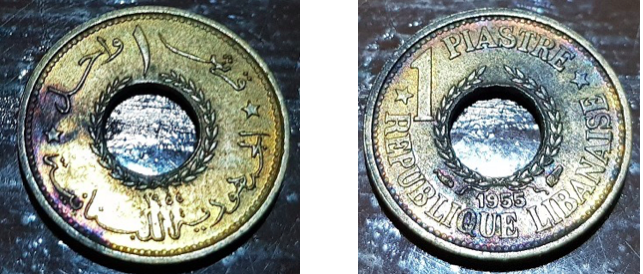
2.5 Piastres
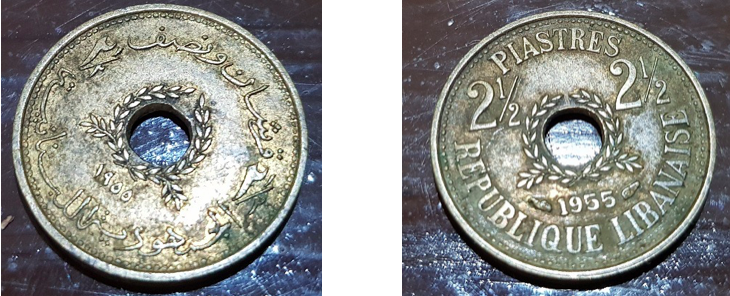
5 Piastres
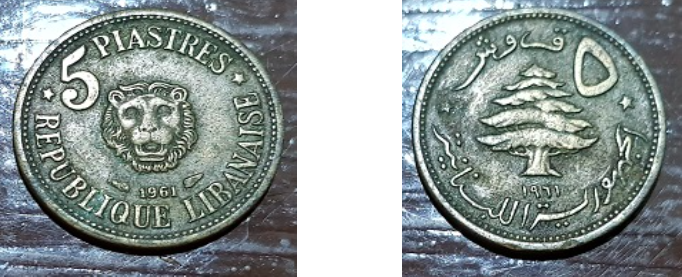
10 Piastres
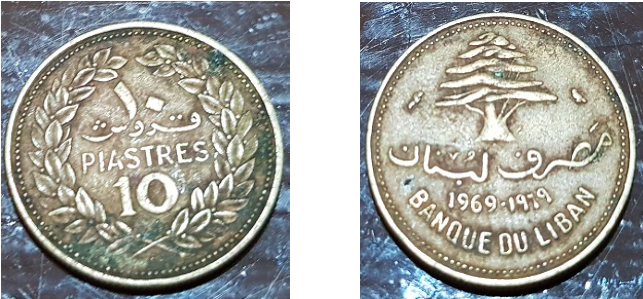
25 Piastres
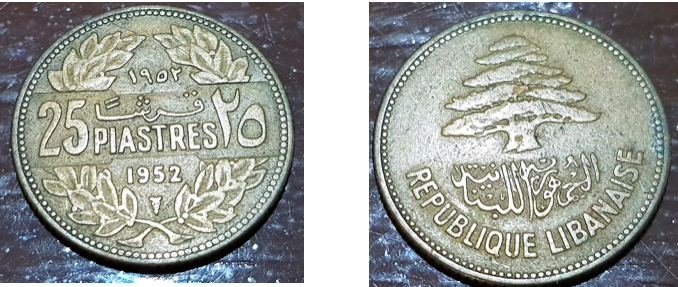
50 Piastres
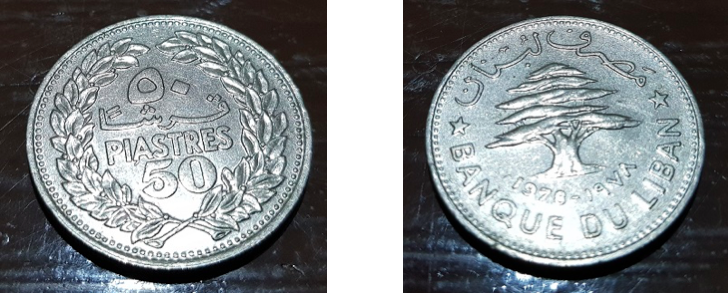
Lebanese Banknotes That Are Out Of Circulation
1 LBP
Issued until: 1980
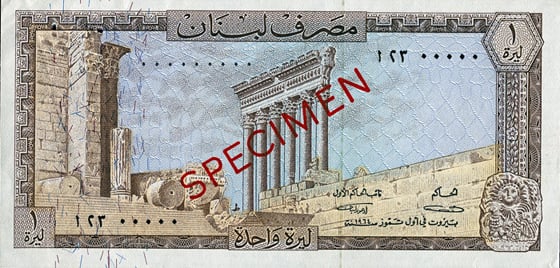
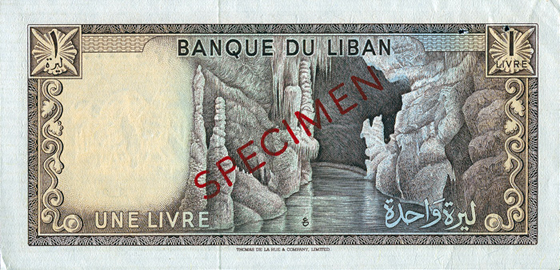
5 LBP
Issued until: 1986
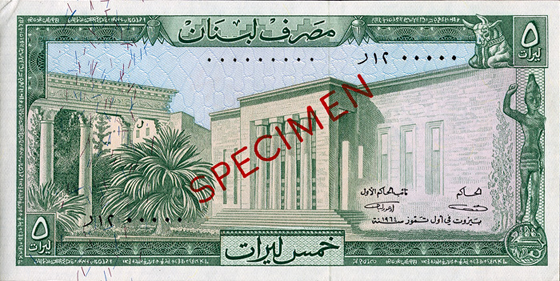
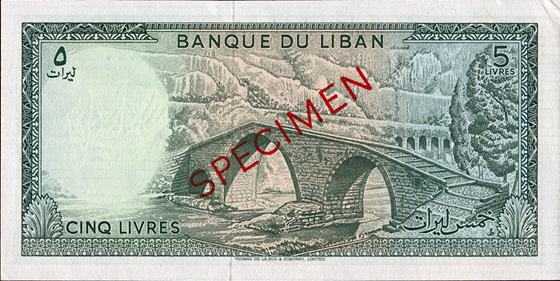
10 LBP
Issued until: 1986
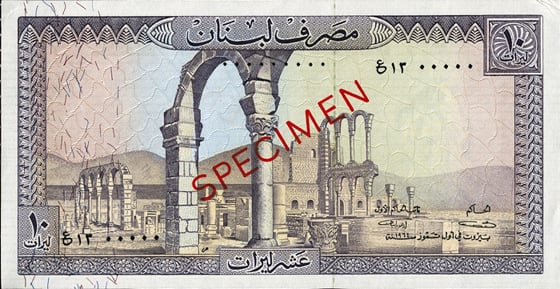
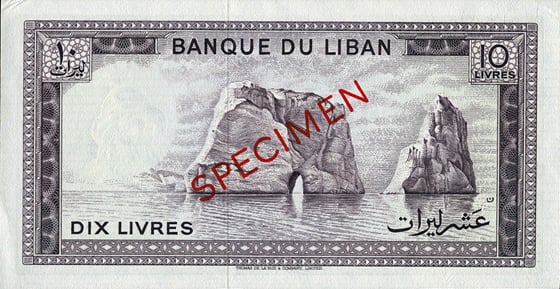
25 LBP
Issued until: 1983
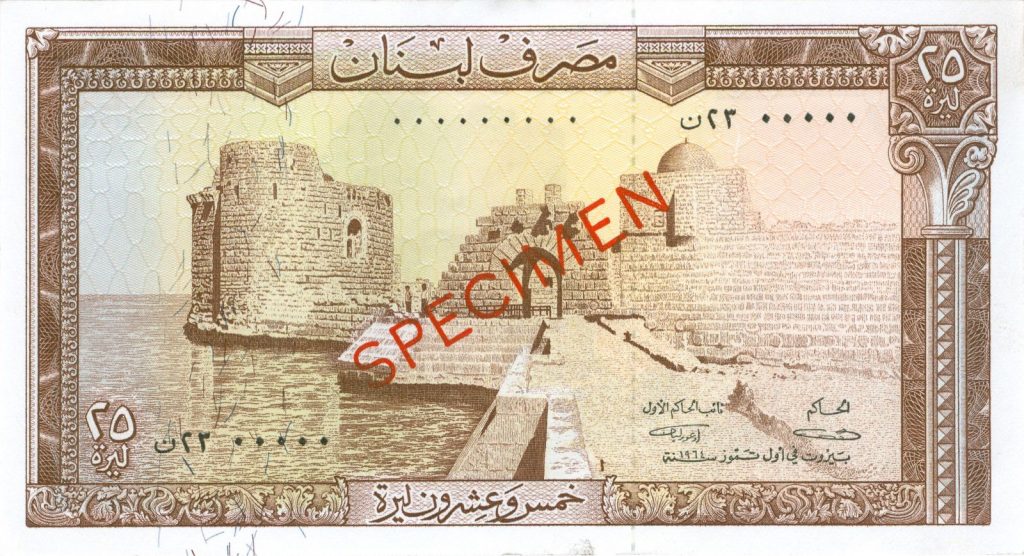
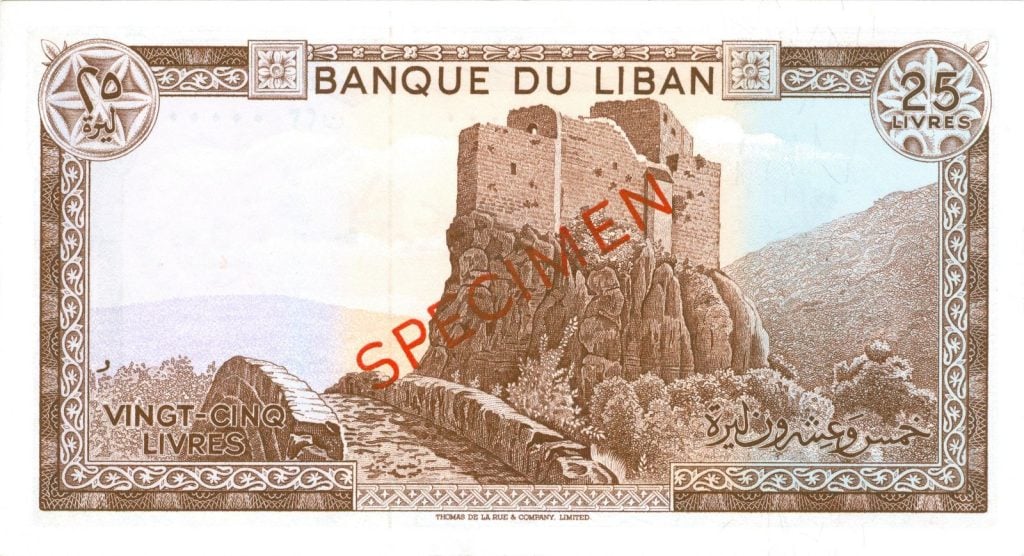
50 LBP
Issued until: 1988
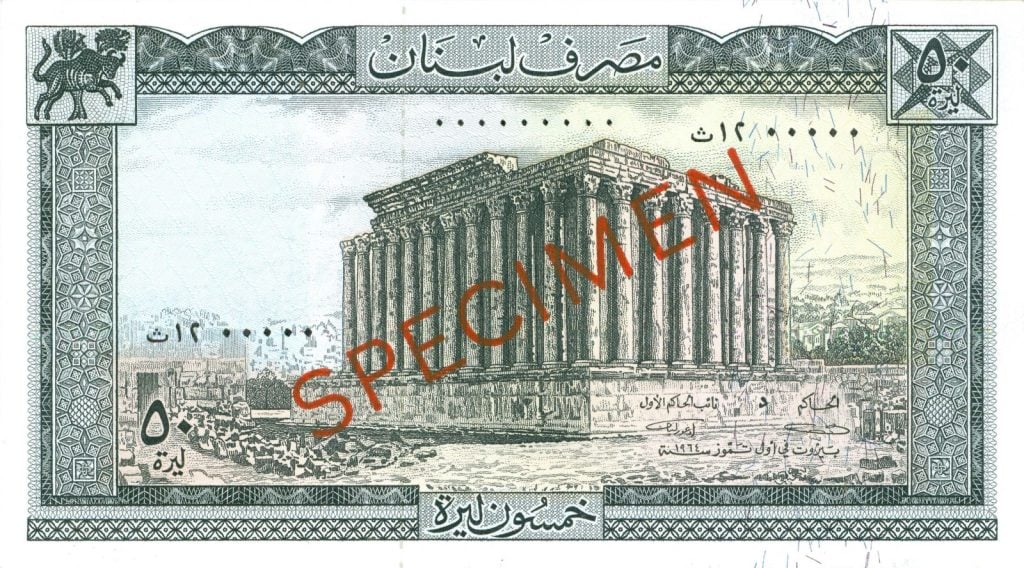
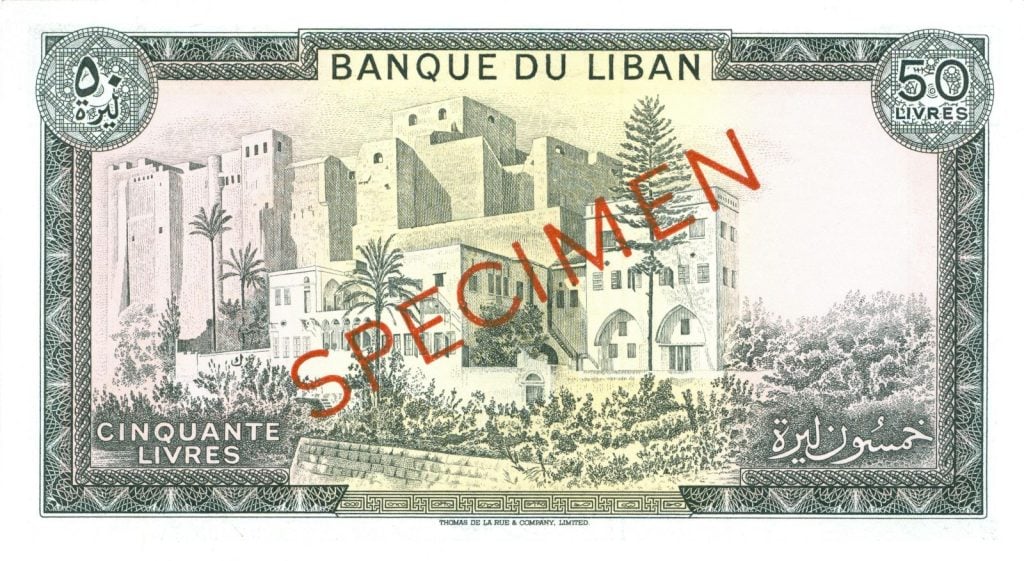
100 LBP
Issued until: 1988
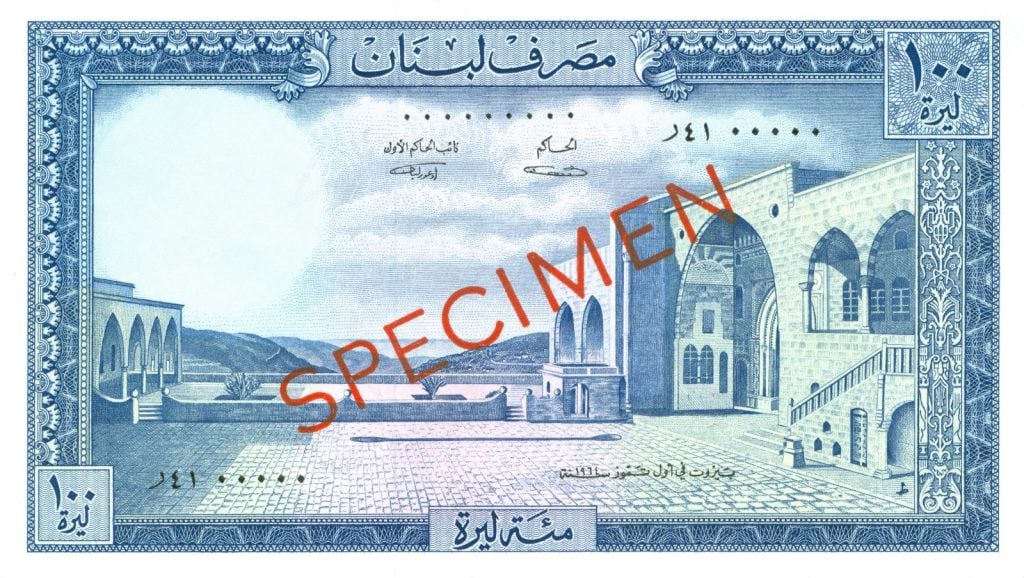
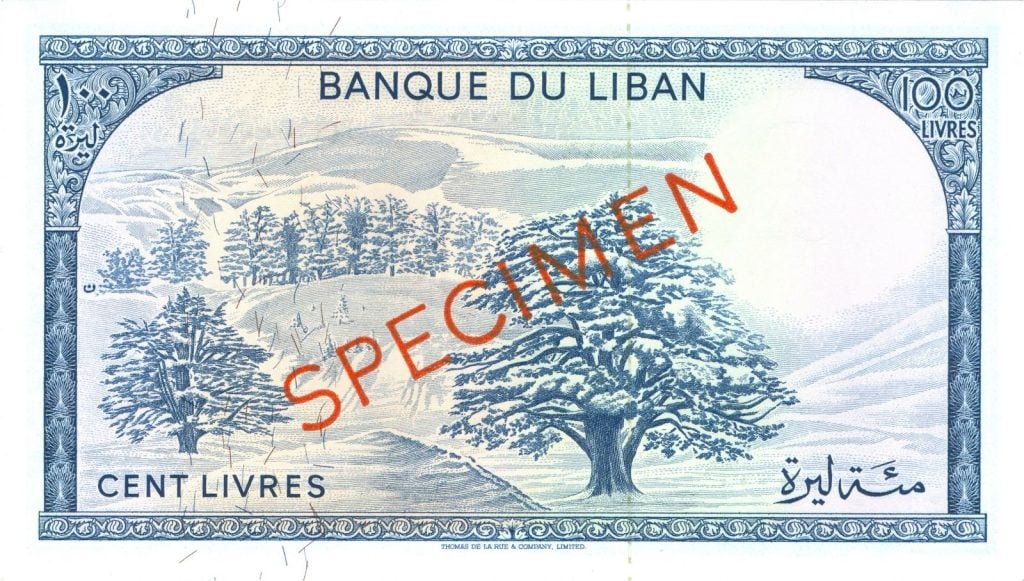
250 LBP
Issued until: 1988
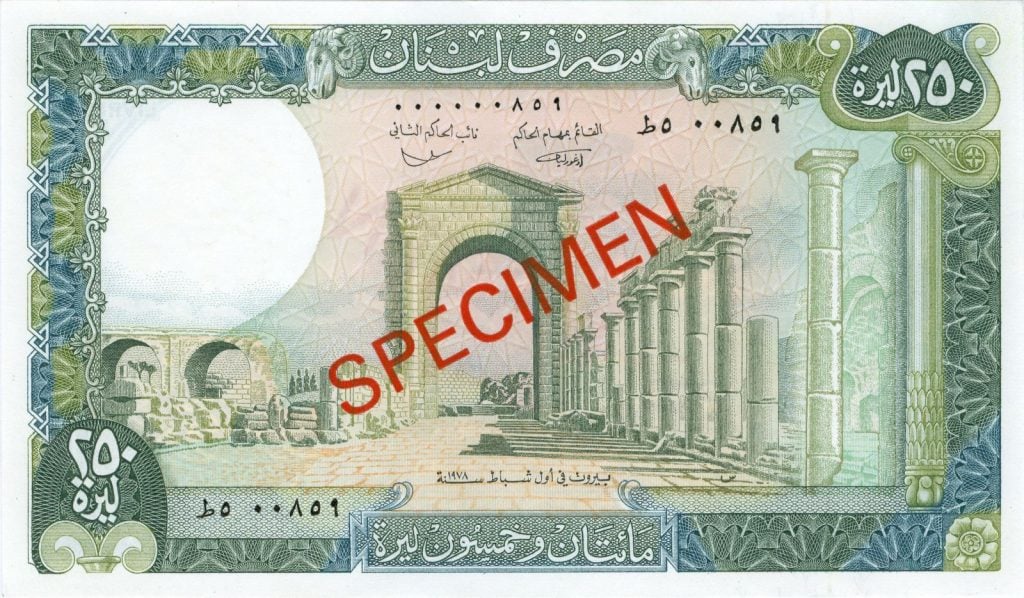
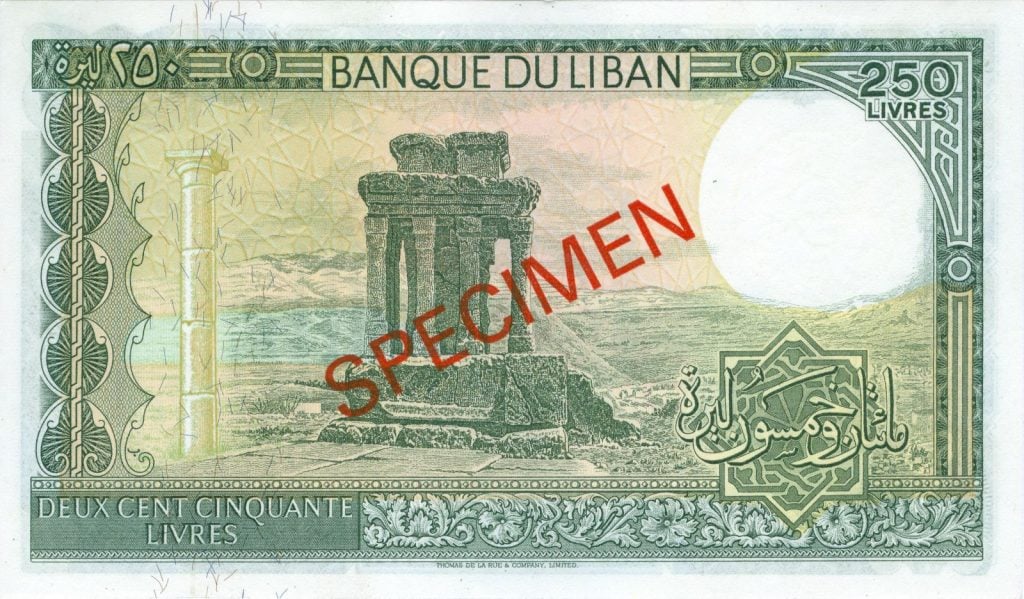
500 LBP
Issued until: 1988
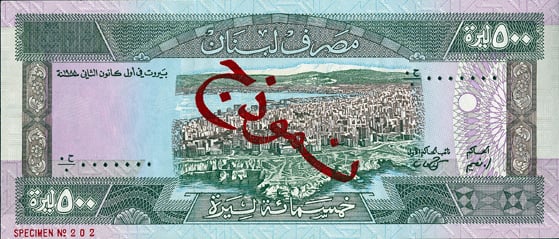
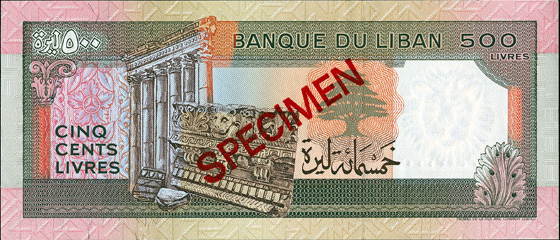
10000 LBP
Issued until: 1993
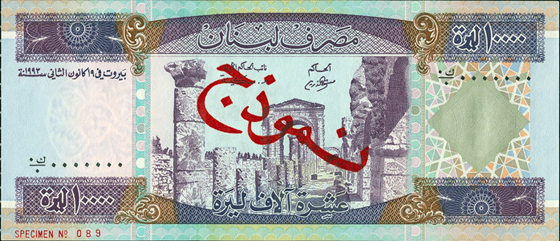
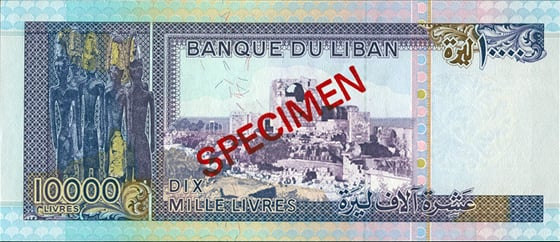
Lebanese Banknotes That Are Still In Circulation
1000 LBP
Issued until: 2021
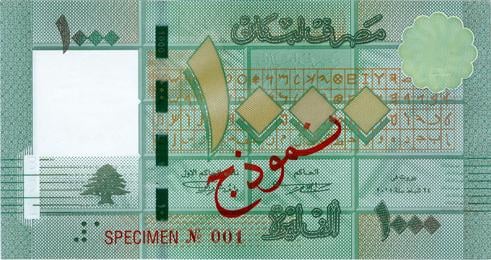
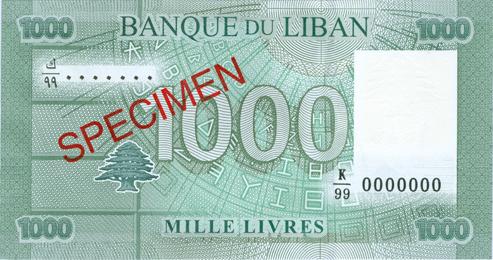
5000 LBP
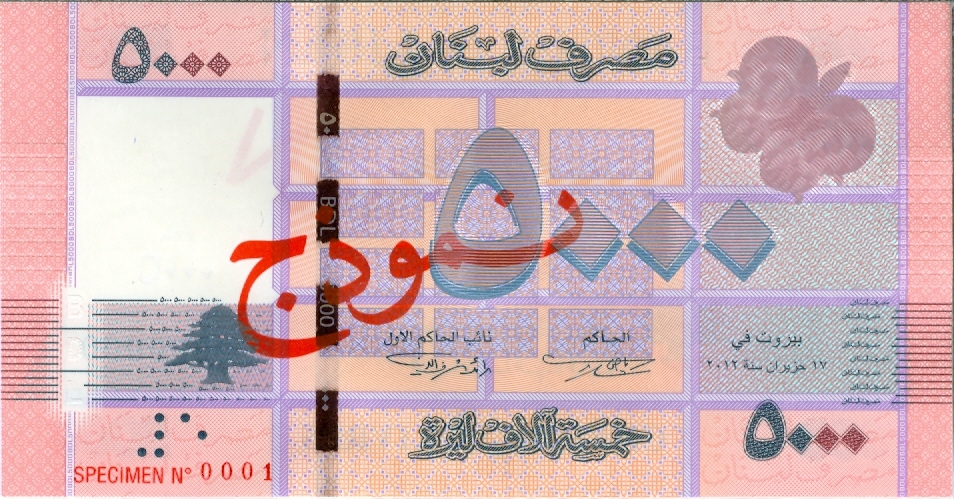
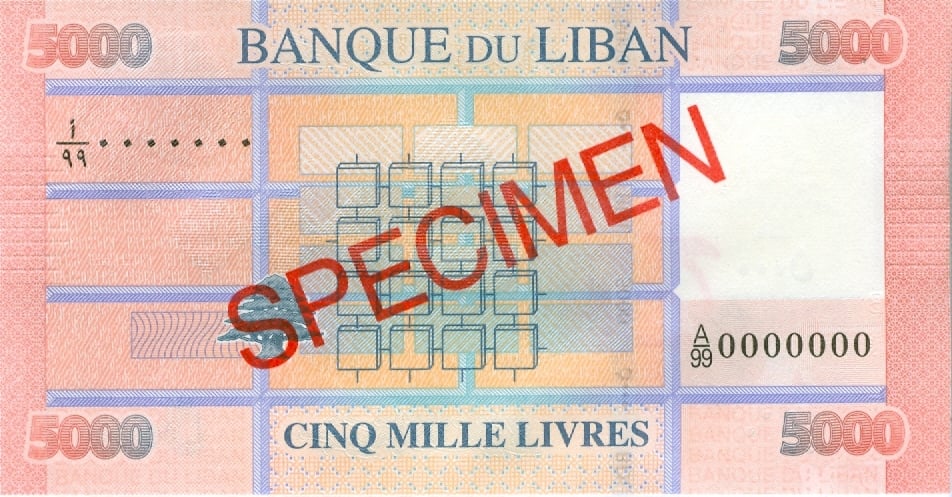
10,000 LBP
Issued until: 2021
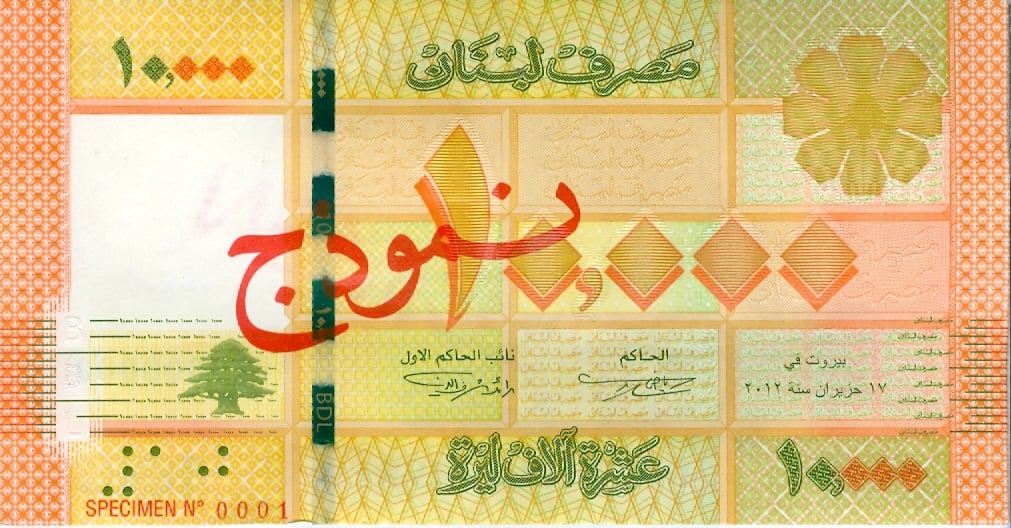

20,000 LBP
Issued until: 2021
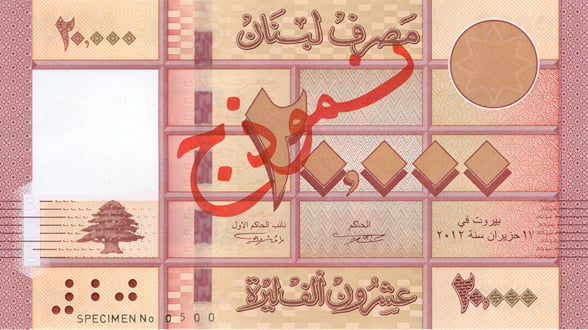
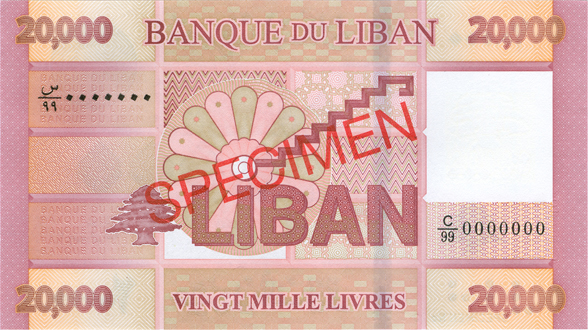
50,000 LBP
Issued until: 2019
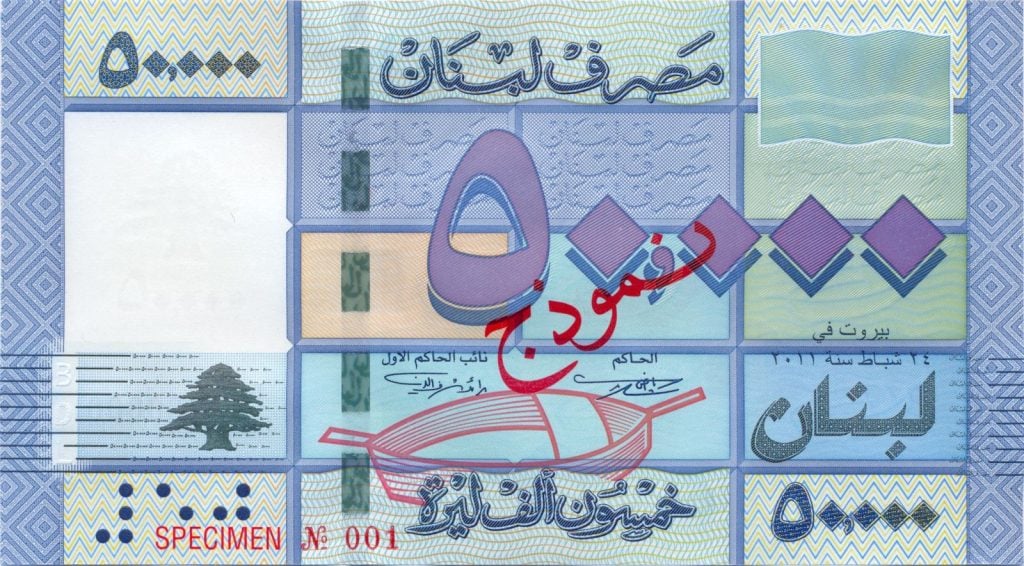
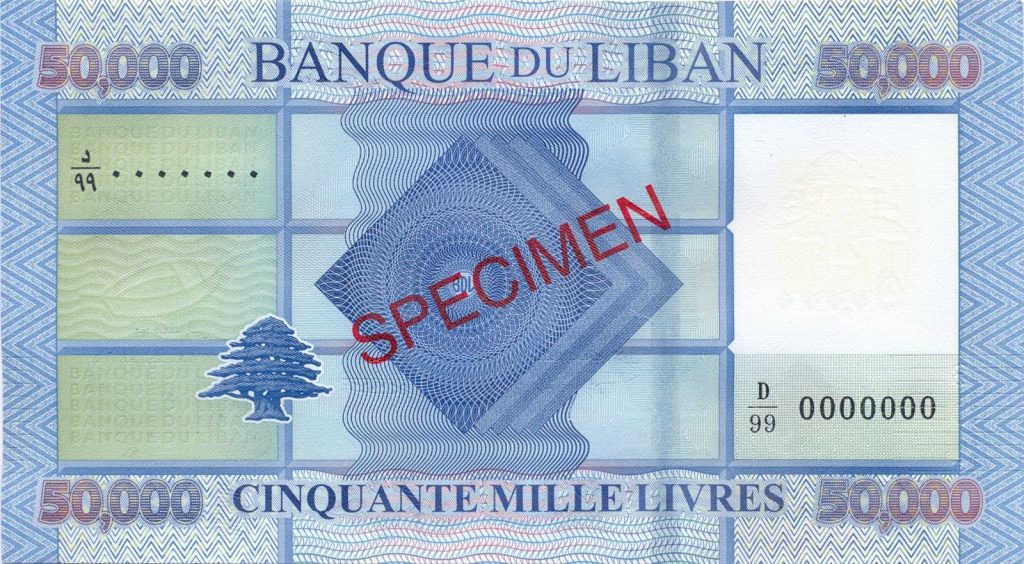
100,000 LBP
Issued until: 2024
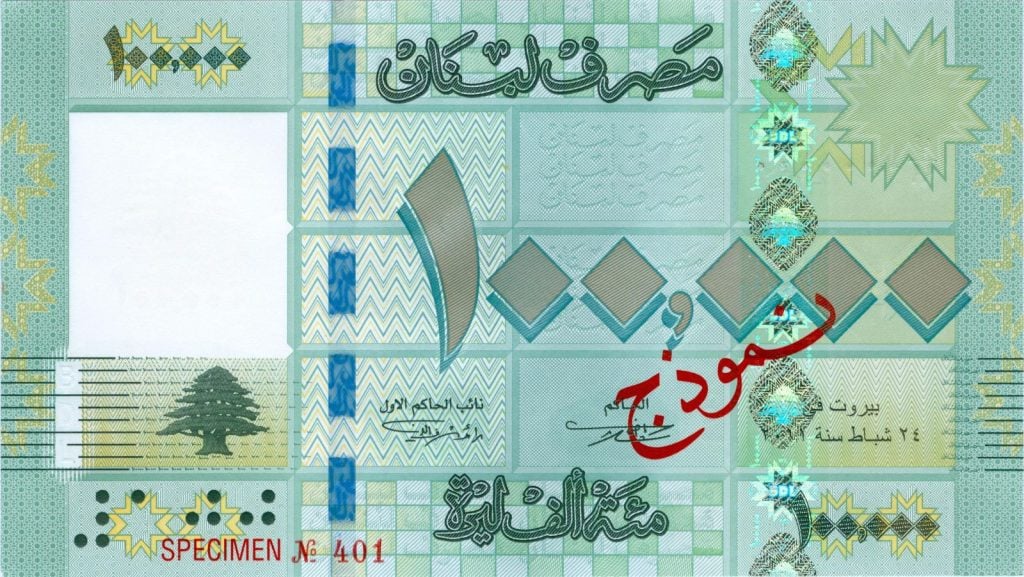
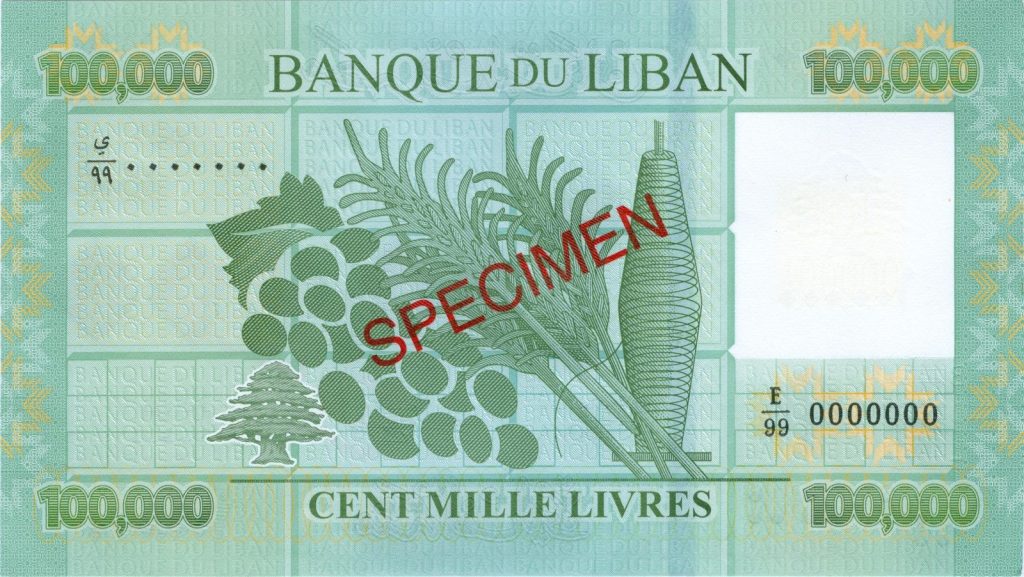
Did you love reading about the history of the Lebanese currency? Check out the #Historical Snapshot section for more content like this.
“Made in Beirut” Tee
High quality t-shirt that is available in either round neck loose fit made of 100% cotton with short sleeves, or fitted cropped with a round neck and short sleeves (95% cotton,5% elastane).
The Beirut Tee
Beirut.com printed logo on the left side. Available in Black, White, and Olive Green.
“Made in Beirut” Tee
High quality t-shirt that is available in either round neck loose fit made of 100% cotton with short sleeves, or fitted cropped with a round neck and short sleeves (95% cotton,5% elastane).
The Beirut Tee
Beirut.com printed logo on the left side. Available in Black, White, and Olive Green.


